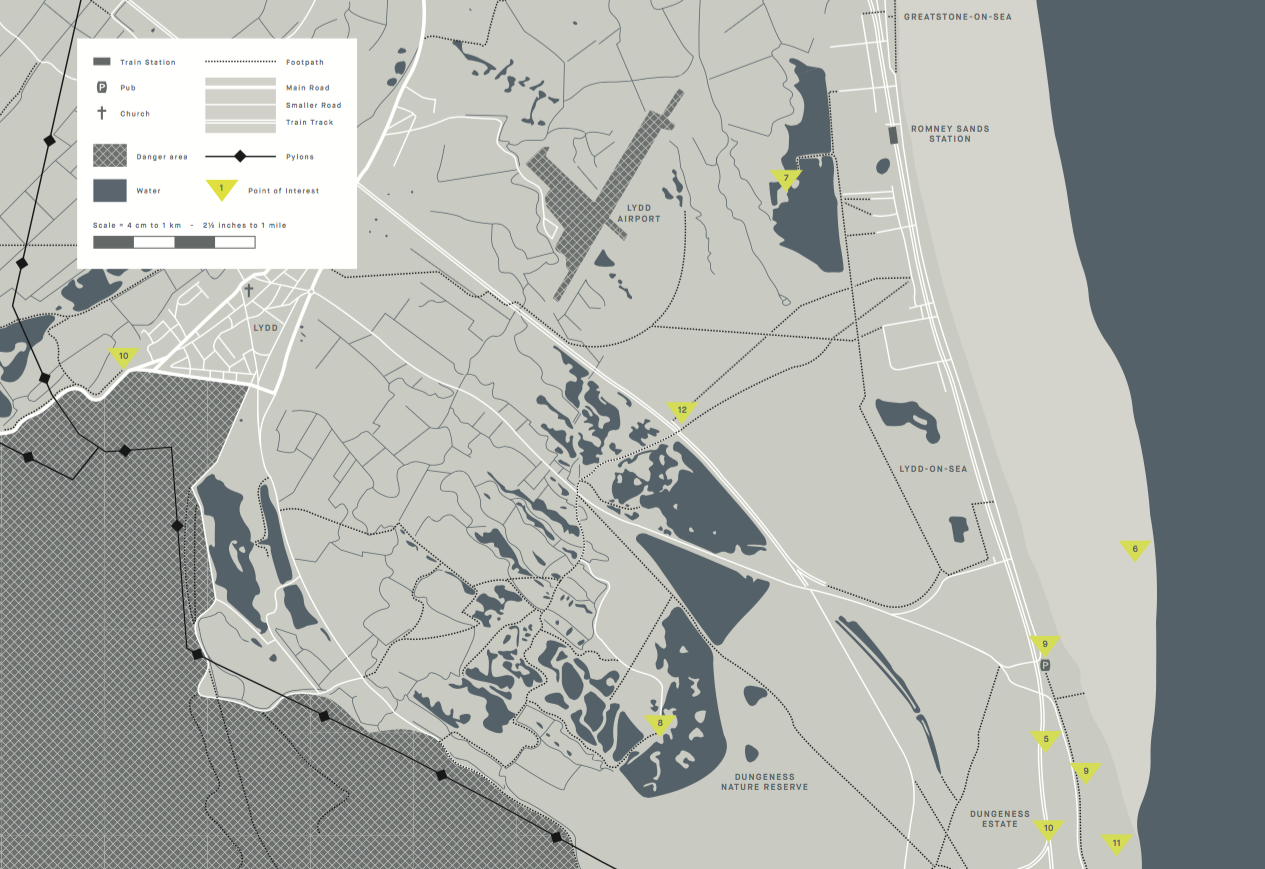You cannot hear the words ‘Fair Isle’ without picturing the knitwear that takes its name from the Shetland island of its origin. In the third print edition of Ernest Journal, we explore the history of this timeless garment, featuring a faithful yet unique creation by Mati Ventrillon, who has lived and crafted on Fair Isle for eight years. Kirsty Lee pulled her up for a chin-wag about island life, wooly horses and weaving landscapes
What brought you to Fair Isle?
Fate was definitely involved in my move to Fair Isle. When I lived in London someone in my ex-partner's office was applying to be a tenant of the Auld Haa Guest House, which was advertised by the National Trust back in 2005. The story was picked up by the media and word spread as far as Canada and USA. I've always lived by my instincts and and this was an opportunity of a lifetime so I thought, 'Why not?'.
Although we weren't successful in getting the tenancy at Auld Haa, we moved to Fair Isle in 2007 when a flat in the South Lighthouse became available. A month after I arrived on the island, I started knitting with the now dissolved Fair Isle Craft Co-Operative (I trained as an architect so creativity is at the centre of everything I do; falling in love with knitting was destined to happen). I felt a light ignite inside me and I couldn't stop myself wanting to know more. I researched the history and looked at every available piece of Fair Isle Knitwear in the museum and a local social historian's collection. I wanted to learn more about shaping the garments so I trained with a Shetland Artist in machine and shaping techniques. It’s an ongoing search for perfection.
I understand that in 2011, after the co-operative closed, knitting in Fair Isle was in jeopardy. How did the community respond to your efforts of preserving the history of the knitwear through the launch of your Mati Ventrillon brand?
After the dissolution of Fair Isle Crafts I decided to carry on. I couldn't do any thing else as I was totally hooked - I knew it would be a life-long relationship. I launched Fair Isle Knitwear in September 2011 with only six patterns, and my fellow islanders were supportive. Many people here knit and most don’t do it commercially. The few of us left after the co-operative dissolved had different ideas so it was natural to go our separate ways.
Fair Isle knitting belongs to the island, and the people who live here are instruments for its continuation. For more than 200 years, women have learned the technique and passed it down from mother to daughter, and also to anyone with an interest. The Mati Ventrillon brand took shape in 2012, inspired by tradition and crafted for life.
How did you develop your styles and designs? Was it difficult to capture such a long line of history in your patterns?
When I started knitting I was like a sponge; I absorbed every bit of information about the patterns, the colours and the garments. I didn't think too much because I knew that by just doing it, I was learning. Over four years I found out all I could about Fair Isle knitting. I imagined the life of women 200 years ago and their relationship with the landscape. I wanted to feel how it would have been back then and take inspiration from that. I've been using the same patterns used since Fair Isle knitting started, as they carry the history. My designs are inspired by pieces knitted in the 19th century.
How do you weave Fair Isle's landscape into your designs?
It’s an interesting question because this ties in neatly with my next project! The landscape is a constant presence and the weather rules our lives – both have an impact on everything we do. I do not consciously design patterns by thinking about the landscape but I am sure my choices of colours are influenced by it.
Through the photographs on your website I feel the wooly horse is a celebration of solitude and embraces the landscape that surrounds you – how did it become such an important figure to you?
The best way to dry a jumper is on a wooly horse or a jumper board because it helps the fibre to keep the shape. Every knitter in Fair Isle has one. My wooly horse has an interesting story. It belonged to my ex-partner David – it was his father's, who received it as a gift from Tulloch of Shetland. David had it with him for over 30 years and took it with him as he moved around the world. He had it with him when we met in Venezuela in 2002. The wooly horse moved with us to London and then made its way back home to Shetland in 2007. Tulloch of Shetland stopped manufacturing them in the early 1960s and no one has produced anything of such quality since, so now I collect and treasure them. They are a work of art.
































